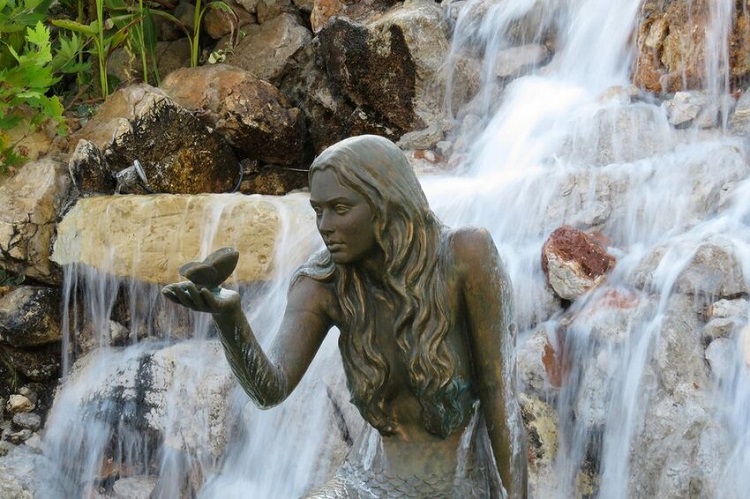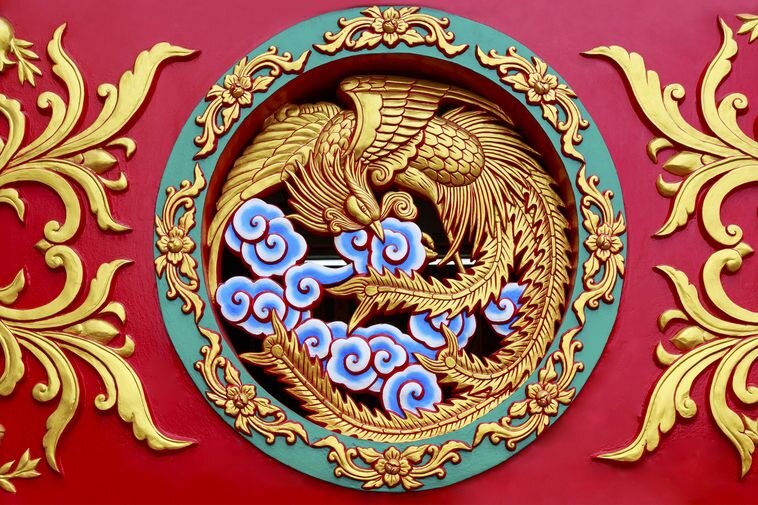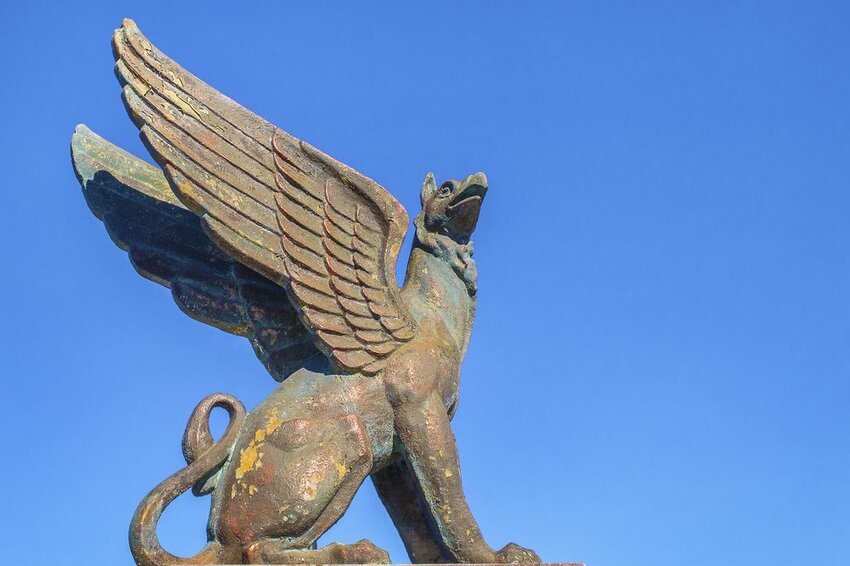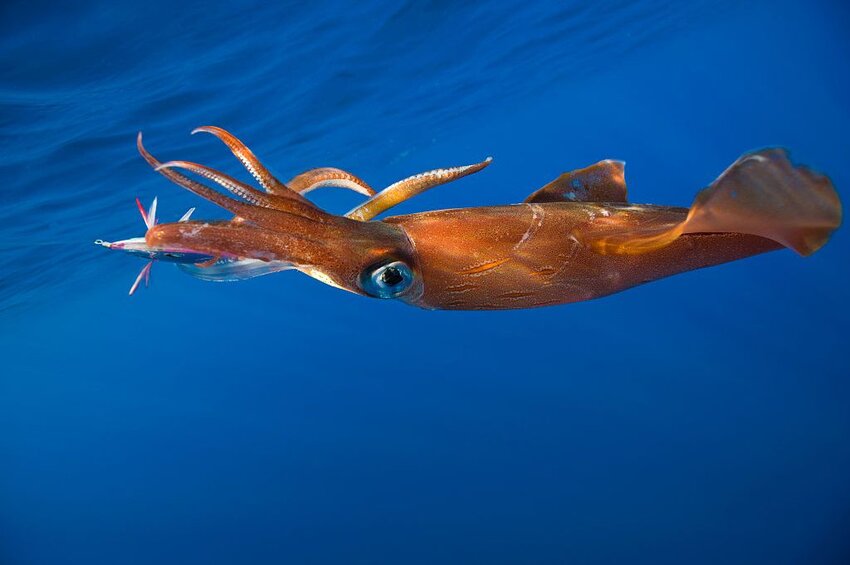Log in
Statistics
We have 477 registered usersThe newest registered user is гераскинс
Our users have posted a total of 48009 messages in 7050 subjects
THAT’S ENTERTAINMENT
CLICK ON ANY OF THESE LINKS TO FIND OUR EXTREME ENTERTAINMENT
UPDATED :
71 WGT TUTORIALS & 32 YOUNG46 TUTORIALS
CLICK HERE TO SEE OVER 100 YOUTUBE VIDEO TUTORIALS . FROM WGTers , WGT & YOUNG46 FORUM UPDATE
TO THE MANY WELCOME GUESTS . THIS FORUM IS NO LONGER A COUNTRY CLUB WEBSITE FOR A WGT COUNTRY CLUB . PLEASE FEEL FREE TO READ THE FORUMS.
THERE ARE MANY TOPICS OF INTEREST . OR NOT . THIS WEBSITE IS AN INFORMATION AND ENTERTAINMENT WEBSITE ONLY .
MUCH OF THE CONTENT IS ARCHIVES OF PURPOSES PAST .
THERE ARE SOME MORE CURRENT TOPICS .
REGISTRATION IS NOT NECESSARY TO READ THROUGHOUT .
REGISTRATION IS EASY AND FREE . THIS IS AN AD FREE WEBSITE . NOTHING IS EVER REQUESTED FROM REGISTERED MEMBERS .
REGISTRATION ENABLES COMMENTING ON TOPICS . POSTING NEW TOPICS . FULL ACCESS TO THE WEBSITE IMAGE HOST . WHICH IS A VERY COMPLETE AND CONVENIENT TOOL .
PLEASE ENJOY .
TIER & AVERAGE REQUIREMENTS
BASIC LEVEL AND AVERAGE REQUIREMENTS , AND SATURATION

WHILE YOUR HERE
WHILE YOUR HERE :
CHECK OUT THE INCREDIBLE PHOTOGRAPHY IN
MY SERIES
THIS USED TO BE THE HOME OF OUR WORLD CLOCK . WHICH CAN NOW BE FOUND IN ITS OWN FORUM ON THE MAIN PAGE ..
THERE ARE MORE WORLD CLOCKS INSIDE HERE .
WORLD CLOCK
FB Like
Mermaids, Centaurs, Unicorns, and More: Mythological Creatures Explained
Page 1 of 1
 Mermaids, Centaurs, Unicorns, and More: Mythological Creatures Explained
Mermaids, Centaurs, Unicorns, and More: Mythological Creatures Explained
Mermaids, Centaurs, Unicorns, and More: Mythological Creatures Explained
Woven into tapestries, glittering from stained-glass windows, standing guard as statues, or starring in our favorite stories, films, and TV shows, mythological beasts such as unicorns and dragons have been a part of many cultures for centuries. But where did they come from, and how did they capture our collective imagination? Read on for some fascinating details about the fantastic creatures that populate our mythical cultural zoo.
Mermaids

Legends of part-human, part-fish beings can be found in many places around the world, including India, China, Scotland, Brazil, Greece, and beyond. In some European folklore, mermaids are said to live in fantastic underwater palaces decorated with gems from sunken ships, though they have also been known to perch on rocks above the surface, where they sing beautiful songs that lure sailors to their doom. They’re often depicted as pale or silvery, with long golden or reddish hair, and it’s said that they can transform their tails into legs and go ashore to mix with people if they wish. They lack souls, however, unless they marry a human and receive a baptism. In many stories, they can peer into the future or grant wishes.
Some scholars trace all mer-stories to Oannes, Lord of the Waters, a Babylonian deity adopted from the Akkadians, who worshipped him thousands of years ago. Though depictions varied, Oannes was often shown with the head and torso of a man and the lower body of a fish. He was said to dwell beneath the sea at night, but during the day, Oannes went on land to teach humans wisdom.
The first female mermaid-type creature arrived on the mythological scene a little later: She is usually identified as the Semitic moon goddess Atargatis, or Derceto, who threw herself into a lake after a dalliance with a mortal and acquired the body of a fish.
By the 16th century, the image of a mermaid perched on a rock, combing her long tresses with one hand and holding a mirror with the other, was well-established in the popular imagination. (The word “mermaid,” by the way, comes to us from the Old English mere, which once meant “sea.”) Sailors reported mermaid sightings for centuries, although whether they were really seeing seals or manatees is anyone’s guess. Some of these sightings continued even into the 19th century, when mermaid folklore inspired Hans Christian Andersen’s famous 1837 fairy-tale “The Little Mermaid.” More than 150 years later, Disney (loosely) adapted Andersen’s story into a beloved 1989 animated film of the same name, putting mermaids squarely in the mainstream.
Centaurs

Centaurs come to us specifically from Greek mythology. The word “centaur” derives from the Greek kentauros, the name of a Thessalonian tribe who were renowned as expert horsemen. (No one knows where the word for the tribe itself came from.) For the ancient Greeks, centaurs were a race of creatures that were half-human and half-horse. They were said to have sprung from the mating of the hero Centaurus with a field of mares, or (in other versions) from King Ixion of Thessaly and a cloud he believed to be the goddess Hera. Centaurs were often described as wild and lascivious, although they could also be peaceful and wise, as in the case of the Centaur king Chiron, mentor to the hero Heracles.
The most famous story of the centaurs involves a wedding of the Lapith king Pirithous at which the centaurs got drunk and tried to carry off the women. Scenes from this wedding and a resulting fight are depicted on the relief panels above the columns of the Parthenon.
Unicorns

The rare, magical unicorn was once thought of as native to India, although it also appears in Chinese myths and Mesopotamian artwork. The first Western account of the unicorn comes from the Greek writer Ctesias, who wrote a book on India based on stories he heard from traders and other visitors to the Persian court. His book described a creature with a white body, purple head, and blue eyes, plus a long horn of red, white, and black. In later accounts, the unicorn is described as the size of a goat, with a beard, spiraled horn, and lion’s tail. Although no fossils of any unicorn-like creatures have been found, they were apparently real animals to ancients like Pliny the Elder, who wrote in detail about their supposed behavior and characteristics.
By the Middle Ages, unicorns were the subject of an elaborate body of folklore. They were said to be pure white and to dwell in forests, where flowers sprung up wherever they grazed. Because of their purity, they were associated with both the Virgin Mary and Jesus Christ. A unicorn’s horn — called an alicorn — was powerful medicine, able to purify water and detect poison. Royals drank from cups supposedly made from unicorn horns, but in fact often made from narwhal tusks sold by enterprising Viking traders. (At one point, the King of Denmark believed he had a unicorn-horn throne, but later scholars think it, too, was made from narwhal tusks.) Powdered unicorn horn was also a popular item in apothecary shops.
Because they were symbols of strength and nobility as well as purity, unicorns also frequently appealed on heraldic crests. In fact, the unicorn is the national animal of[url=https://www.nts.org.uk/stories/the-unicorn-scotlands-national-animal#:~:text=But it's true%3A the unicorn,Babylonians and the Indus civilization.] Scotland[/url], where it has been part of the royal coat of arms since the 1500s. Another famous unicorn depiction is in the unicorn tapestries of France, which were produced in the late Middle Ages and still fascinate scholars today.
Dragons

Like some other creatures on this list, dragons are found in ancient mythology from around the world — in Greek, Vedic, Teutonic, Anglo-Saxon, Chinese, and Christian cultures, among others. They have heads like crocodiles; scales of gold, silver, or other rich colors; large wings; and long, fearsome tails they use to beat and suffocate their opponents. Often said to be descended from giant water snakes, they are sometimes immune to fire, which they can swallow and breathe at will to incinerate their enemies.
In some ancient stories, dragons were thought to originally hail from Ethiopia or India. (Elephants were supposed to be their favorite food.) And in Western myths, they're often depicted guarding treasure or trying to eat maidens. Christians associated them with sin and the devil.
In Chinese myths, they are far more benevolent, a symbol of divinity, royalty, and prosperity. Chinese dragons were first mentioned as early as the third millennium B.C., when a pair were supposedly seen by the Yellow Emperor (a mythological figure also known as Huangdi). According to legend, four dragon kings ruled over the four seas, and brought storms and rain. Dragon figures are still popular in Chinese culture today, as they are in Western fantasy art, literature, and role-playing games. (See: The Lord of the Rings, Game of Thrones, and Dungeons and Dragons.)
Phoenixes

The phoenix is a sacred bird associated with fire, the sun, and rebirth. About the size of an eagle, it’s said to have red-gold plumage, a long tail, and a harmonious song that sounds like a flute. Versions of the creature are found in Egyptian, Greek, and Chinese folklore, among other places.
In one ancient legend, after 500 years of life, the phoenix would make a nest of dry twigs, strike rocks with its beak until it lit a spark, and then set itself ablaze. Once the fire cooled, a new phoenix would rise from the ashes. Early Christian writers saw it as an image of the Resurrection. The bird was also associated with immortality, and only one was said to exist at any given time. (And in case you’re wondering, the town in Arizona is[url=https://www.phoenix.gov/pio/city-publications/city-history#:~:text=It was Darrell Duppa who,accepted derivation of our name.&text=A post office was established,with Jack Swilling as postmaster.] named[/url] for the mythological creature.)
Griffins

In the lore of ancient Egypt and Greece, griffins were small, ferocious beings with the body of a lion and the head, wings, and talons of an eagle. The folklorist Adrienne Mayor has argued that stories of the griffin may have been inspired by ancient discoveries of fossils from Protoceratops dinosaurs, a relative of the Triceratops that had four legs, a sharp beak, and long shoulder blades that may have been interpreted as wings.
In any case, the earliest known depictions come from Egypt in the third millennium B.C. Back then, griffins were said to attack humans and horses, and were useful for protecting palaces, treasure, and tombs. The ancient Greeks thought they lived in Scythia — an empire centered on what is now Crimea — where they guarded the gold for which that land was famous. Like unicorns and dragons, they were popular on coats of arms and crests during the Middle Ages and beyond.
Kraken

The kraken has been recorded in Scandinavian writings for hundreds of years. This giant sea monster was said to haunt the icy waters near Norway, Iceland, and Sweden, where it would engulf ships in its massive tentacles and pull them to the bottom of the sea. It was usually described as having a giant bulbous head and eyes bigger than a person.
By some accounts, the kraken would anchor itself to the bottom of the ocean and feast on small fish that larger sea creatures sent their way to avoid being eaten themselves. (Scandinavian fisherman thus often said that if an area was teeming with fish, a kraken was probably nearby.) Once the kraken grew too fat to remain tethered to the sea floor, it would rise to the surface and attack ships. In other accounts, the creature rose to the surface when the waters were warmed by the fires of hell.
The kraken also reportedly had skin like gravel and was sometimes mistaken for an island; one account says that in 1700, a Danish priest celebrated mass on the back of a kraken. Some think that kraken accounts may have involved real-life giant squids, an elusive deep-sea creature that can weigh up to a[url=https://www.nationalgeographic.com/animals/invertebrates/g/giant-squid/#:~:text=The giant squid remains largely,and weighed nearly a ton.] ton[/url] and has eyes as big as a dinner plate, if not quite as big as a person.
 Similar topics
Similar topics» NAT GEO * These creatures of the 'twilight zone' are vital to our oceans *
» WGT VIDEO TUTORIALS
» YOUNG46 WGT VIDEO TUTORIALS
» MORE GR8 CLASSICS FROM ANDYSON & MORE
» Young46 ; JCSneed's WGT Putting Method Explained
» WGT VIDEO TUTORIALS
» YOUNG46 WGT VIDEO TUTORIALS
» MORE GR8 CLASSICS FROM ANDYSON & MORE
» Young46 ; JCSneed's WGT Putting Method Explained
Page 1 of 1
Permissions in this forum:
You cannot reply to topics in this forum
 Events
Events















































































» INTRO TO WORD SMARTS
» PINTEREST ICONIC COMIX
» HISTORY FACTS * Gold wasn't always the top Olympic medal *
» Word Genius Word of the day * occlude *
» JULY NATIONAL CELEBRATION DAYS JULY 26 2024
» QUIZ TREAT QUIZ *Which mammal has the most powerful bite? *
» QUIZ TREAT ANSWER PAGE
» NAT GEO * The 2024 Olympics will likely be the hottest ever *
» NAT GEO * Sharks found with cocaine in their systems *
» WISE TRIVIA QUIZ *What was the first song ever played on the radio? *
» WISE TRIVIA ANSWER PAGE
» E.S.Etaski * Sister Seekers Book 10 now available everywhere! *
» WORD DAILY Word of the Day: * literatim *
» JULY NATIONAL CELEBRATION DAYS JULY 25 2024